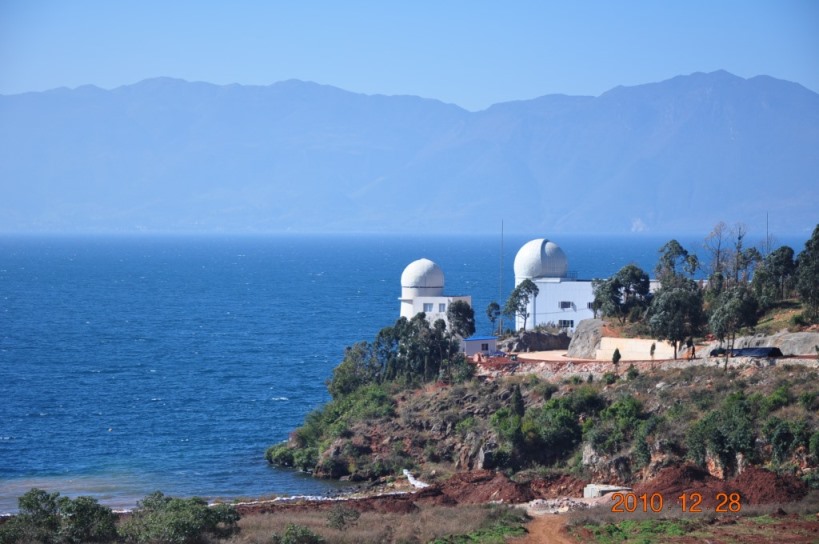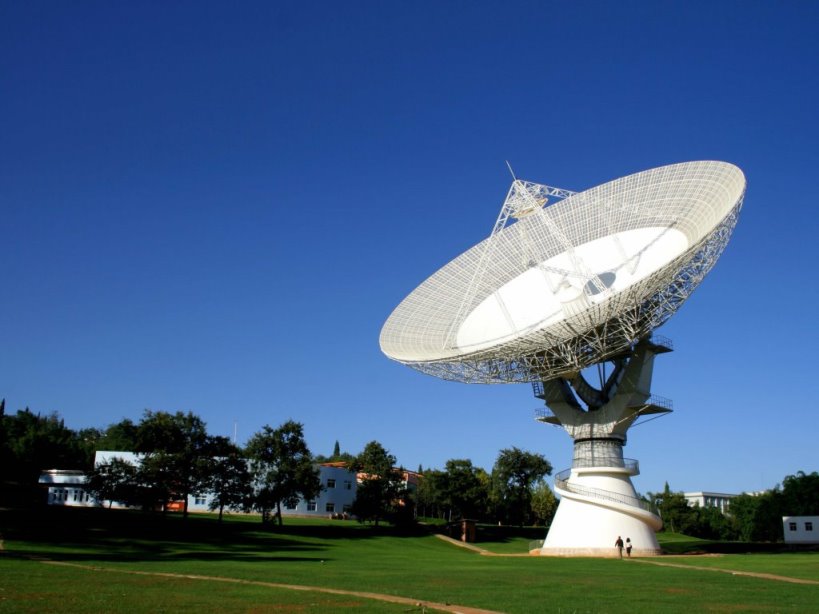Yunnan Observatory
In the late 1930s, at the outbreak of World War II, Yunnan Observatory was established under the name Phoenix Mountain Observatory of Kunming. It was briefly renamed as the Yunnan Astronomical Observatory (YNAO) in 1972. It is the most prominent center of research in the field of Astronomy in southwest China, encompassing all facilities on Phoenix Mountain, as well as the Lijiang Observing Station and the Fuxian Lake Solar Research Center. YNAO joined NAOC in 2001.
As of 2013, YNAO is one of the nation's leading institutions in the fields of stellar structure and evolution, binary population synthesis, pulsars, helioseismology, variable and binary systems, planetary sciences, radio astronomy, solar physics, high energy astrophysics, astrometry, and instrumentation. YNAO houses many of the nation's top research facilities, including but not limited to the 2.4m Optical Telescope, the Kunming 40m Radio Telescope, the New Vacuum Solar Telescope (NVST) etc. The researchers have
joined international collaborations actively.
As of June 2013, YNAO has a total of 240 employees, of which 210 are research related personnel, including 1 CAS member, 28 professors, 50 associate professors and instrumentation experts, 5 postdocs, and 122 graduate students. Founded in 1957, the Xinjiang Astronomical Observatory (XAO) has developed from a single-satellite observatory into an important and comprehensive astronomical research organization in the past few decades. With its headquarters located in the regional capital of Urumqi, XAO also has three sites in Nanshan,Kashgar and Qitai, and two other independent ground stations. XAO joined NAOC in 2001.

1 meter Solar Telescope

40 meters Radio Telescope